Mozn Shora
International Studies & Political Science. Boston MA.
What draws you to this work? Why is studying Black girlhood important to you as a student at Spelman College?
What draws me to this work is the opportunity to give black girls the representation they deserve. Narratives about black girls are far too often monolithic. I want to show that every black girl is a multidimensional INDIVIDUAL. We don't all think the same, act the same, dress the same etc. Growing up, I was always told I was 'White Washed' specifically by my non-black peers. There was this expectation that black girls are a 'certain' way, and I just never seemed to figure out how to be 'black girl'.
abstract
Girlhood Under Siege: The Paradoxal Being of Hypervisibility and Necropolitics for the Young Black Girl., Shora. M.
This paper seeks to explore the concept of “necrovisbility” to examine the paradox of necropolitics and hypervisibility, which shape the experiences and perceptions of young Black Girls in contemporary American society. Necrovisbility seeks to describe the unnamed phenomenon of Black Girl’s oppression, of which systemic neglect strips young Black girls of their humanity and agency, rendering them invisible or socially dead (necropolitics) while simultaneously heightening their visibility, specifically in predominantly white spaces, which exposes them to dehumanizing scrutiny embodying criminalization, stereotyping, adultification, and hypersexualization. In this paper, I use Achille Mbembe’s argument of necropolitics to create this framework, which argues that sovereign power determines whose lives are deemed valuable and whose are disposable. Orlando Patterson’s analysis deepens this understanding; he argues that social death is maintained through violence, alienation, and dishonor, which sever individuals from their societal and familial ties.
For young Black girls, these frameworks intersect in what I term “necrovisibility,” a dual condition of hypervisibility and social death. Hypervisibility subjects Black girls to heightened surveillance and dehumanizing scrutiny, while systemic neglect denies them care, humanity, and recognition. Michel Foucault’s theory of discourse and biopower further emphasizes how language and institutional discrimination construct Black girlhood as deviant and unworthy of protection, making their identities into objects of control and exploitation. Freud’s exploration of repression highlights how taboos and moral constructs are used to maintain systems of power, framing Black girls as "others" while justifying their exclusion, surveillance, and often literal death. This duality of being places Black Girls in a precarious position in which they are both erased and heavily surveilled.

